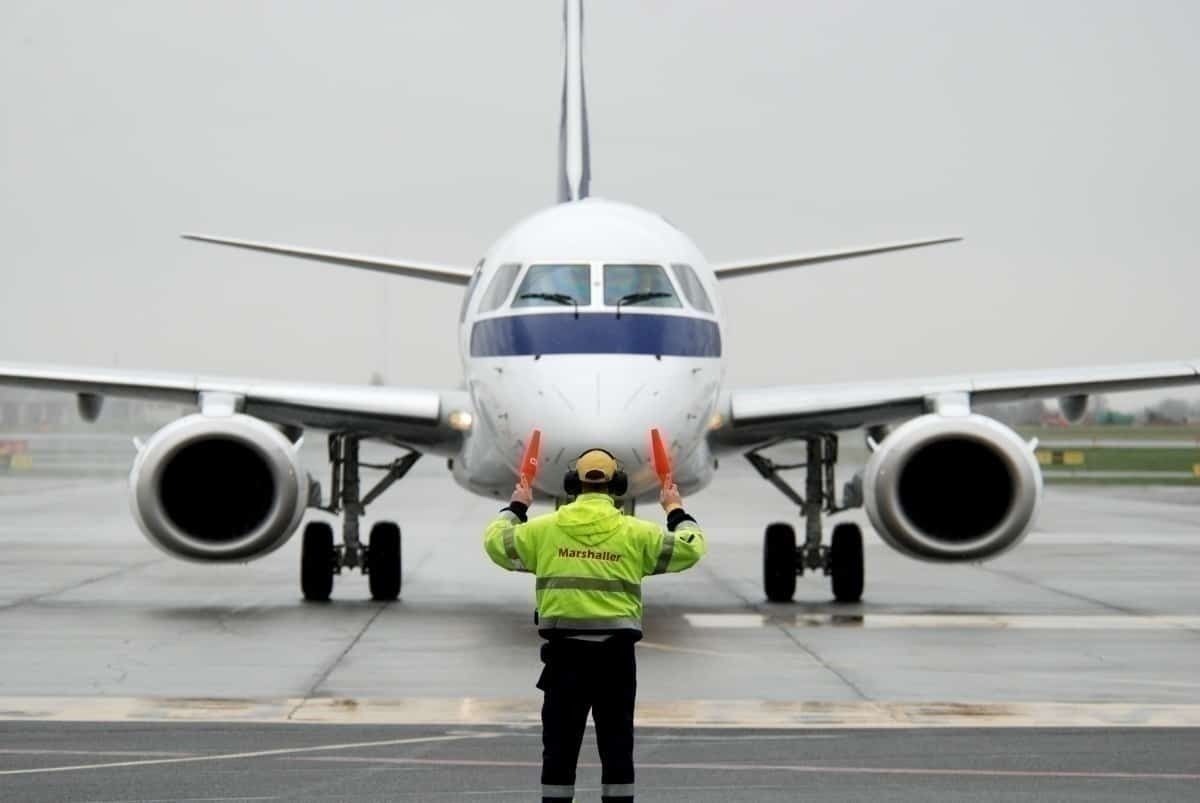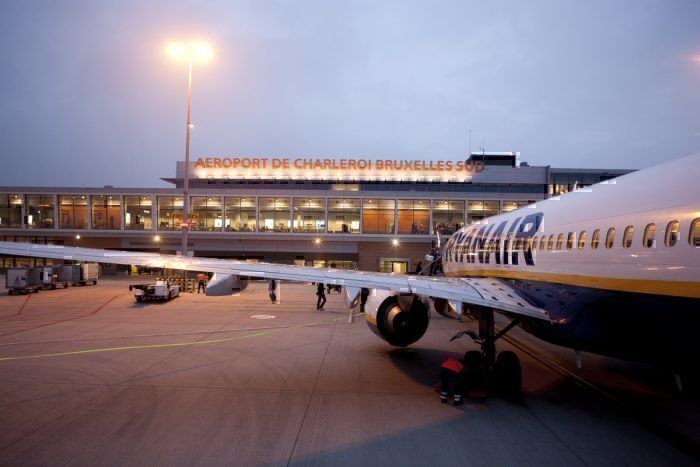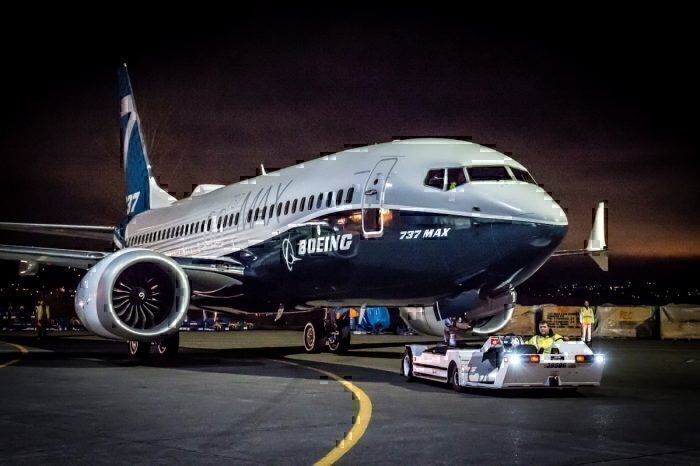On Tuesday, IATA published an updated analysis for the revenue impact across the global air transport industry due to the coronavirus outbreak. Owing to the severity of global travel restrictions and the following recession, IATA now estimates that airlines stand to lose up to $252 billion. And Europe is taking the biggest hit of all.
The industry's deepest crisis ever
It is no secret that a precipitous decrease in demand for air travel coupled with governmental restrictions across the globe has sent the commercial aviation sector reeling. IATA’s latest numbers show just how grim the near future is looking for airlines all over the world. According to them, Europe is set to lose more revenue per passenger kilometer than Asia-Pacific.
IATA now predicts losses of up to $252 billion for airlines worldwide. The scenario on which IATA has based this latest estimate is one where severe travel restrictions will last up to three months, followed by a gradual economic recovery later this year. IATA is pleading with governments that have yet to provide financial support to airlines to do so immediately in order to save the industry from collapsing completely.
“The airline industry faces its gravest crisis. Within a matter of a few weeks, our previous worst case scenario is looking better than our latest estimates. But without immediate government relief measures, there will not be an industry left standing. Airlines need $200 billion in liquidity support simply to make it through. Some governments have already stepped forward, but many more need to follow suit,” said IATA’s Director General and CEO, Alexandre de Juniac.
IATA's latest scenario sees Europe hit the hardest
IATA’s latest analysis predicts that the heaviest restrictions on travel will be lifted in three months' time. It also anticipates that the recovery in travel demand will be slowed for the rest of the year by the impact of a global recession. It sees the full-year passenger demand drop by 38% compared to 2019. The worst-hit region will be Europe, with a 46% drop in revenue per passenger-kilometer. Asia Pacific is estimated to suffer a 37% loss.
A small reason for optimism is the domestic market in China, which has begun to show signs of recovery. Few airlines serve such a vast domestic market however. The joined European market may seem large, but as countries close borders, its dramatic shrinking is immediate.
Worst-case scenario from two weeks ago obliterated
In its last statement, issued on the 5th of March, IATA made estimates for two scenarios. The first, which was termed “limited spread” put the losses at around 11% of passenger revenue which would equal about $63 billion. The second, more grave, scenario, was called “extensive spread” and prophesied a 19% worldwide loss equalling around $113 billion. That was only a little over two weeks ago.
Previous epidemics such as SARS also caused a sharp decline in air travel demand, but it followed a v-shaped drop and quick bounce back. IATA predicts the effects of COVID-19 to be much more far-reaching with a slower recovery as there will inevitably be an economic recession in its wake.
Remember when the biggest worry was the MAX?
A few months ago, the grounding of the Boeing 737 MAX was the biggest crisis the industry had faced since the Global Financial Crisis. Now, canceling a few thousand flights seem like memories of happier times. No one could have foreseen the monumental havoc a tiny little organism making a jump from one species to another, was about to wreak on air travel and airlines worldwide.
Do you think that the industry will fully recover from the effects of the pandemic? How long will it take? Let us know in the comments!



